
Atypical Deep Cerebral Vein Thrombosis with Hemorrhagic Venous Infarction in a Patient Positive
The deep cerebral veins drain the deep white matter and grey matter that surround the basal cisterns and ventricular system. The deep veins are responsible for the outflow of approximately the inner 80% of the hemisphere.

Cerebral vein thrombosis internal Image
About Cerebral venous system Last revised by Mendel Castle on 19 May 2018 Edit article Citation, DOI, disclosures and article data The cerebral venous system, somewhat unlike the majority of the rest of the body, does not even remotely follow the cerebral arterial system.

Variations of the Superficial Middle Cerebral Vein Classification Using Threedimensional CT
CVT is difficult to diagnose clinically because patients can present with a wide spectrum of nonspecific manifestations, the most common of which are headache in 89%-91%, focal deficits in 52%-68%, and seizures in 39%-44% of patients. Consequently, imaging is fundamental to its diagnosis.

MRI Brain Vascular Anatomy Mri Scan Images Mri brain, Mri, Thrombosis
Definitions • Cavum veli interpositi: Space within double-layered tela choroidea of 3rd ventricle, communicates posteriorly with quadrigeminal cistern GROSS ANATOMY Overview • Medullary veins Small, linear veins originate 1-2 cm below cortex Course toward ventricles, terminate in subependymal veins • Subependymal veins SV

Cerebral Vein thrombosis diagnosis and treatment
RESULTS: We classified internal cerebral vein branching patterns into 4 types depending on the presence of an extra vessel draining the striatum. Most commonly, the internal cerebral vein continued further as 1 thalamostriate vein (77%). The lateral direct veins were identified in 22% of the hemispheres, and usually they terminated at the middle third of the internal cerebral vein (65.45%).

Image
The great cerebral vein , also known as the vein of Galen or great vein of Galen, is a short valveless midline venous trunk that drains the deep parts of the cerebrum, brainstem and parts of the posterior cranial fossa. Gross anatomy
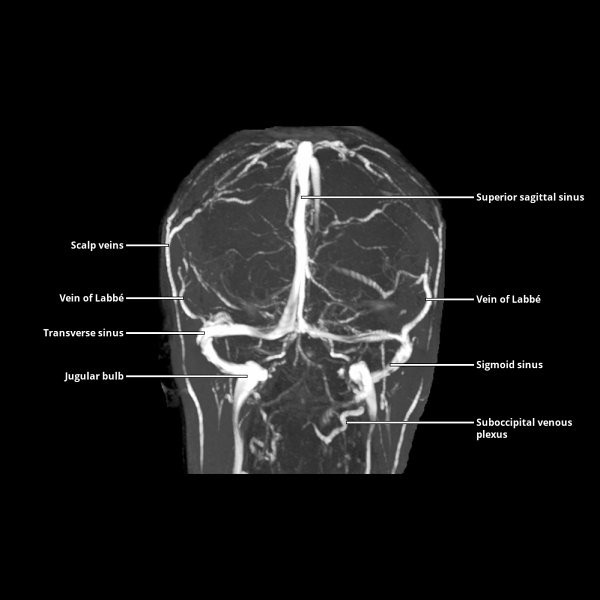
Intracranial Venous System Overview Radiology Key
The internal cerebral veins unite with the basal veins (of Rosenthal) to form the great cerebral vein (of Galen) just beneath the splenium of the corpus callosum in the quadrigeminal cistern. The confluence of the great cerebral vein and inferior sagittal sinus forms the straight sinus.
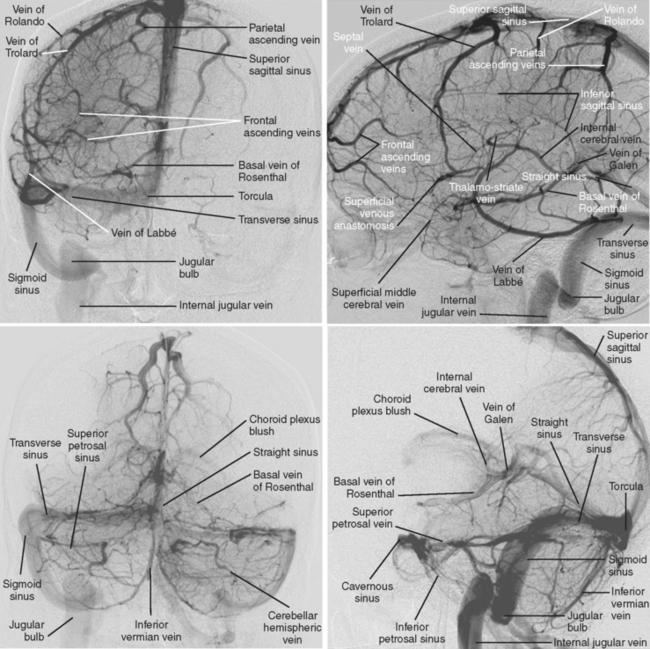
Cerebral Venous Thrombosis Radiology Key
We report the development of a head-mounted photoacoustic fiberscope for cerebral imaging in a freely behaving mouse. The 4.5-gram imaging probe has a 9-µm lateral resolution and 0.2-Hz frame.

Fig 1. Multisection CT Venography of the Dural Sinuses and Cerebral Veins by Using Matched
Cerebral venous thrombosis (CVT) is an uncommon cerebrovascular condition. It is a cumulative term for dural venous sinus thrombosis, deep cerebral, and cortical vein thrombosis [].Being a potentially reversible condition, early diagnosis is instrumental in initiating prompt and appropriate treatment, whereas delayed diagnosis is associated with significantly high morbidity and mortality [2,3,4].

Diagnosis of cerebral cortical vein thrombosis with T2* weighted resonance imaging
METHODS: Cerebral MR venograms obtained in 100 persons with normal MR imaging studies were reviewed to determine the presence or absence of the dural sinuses and major intracranial veins.
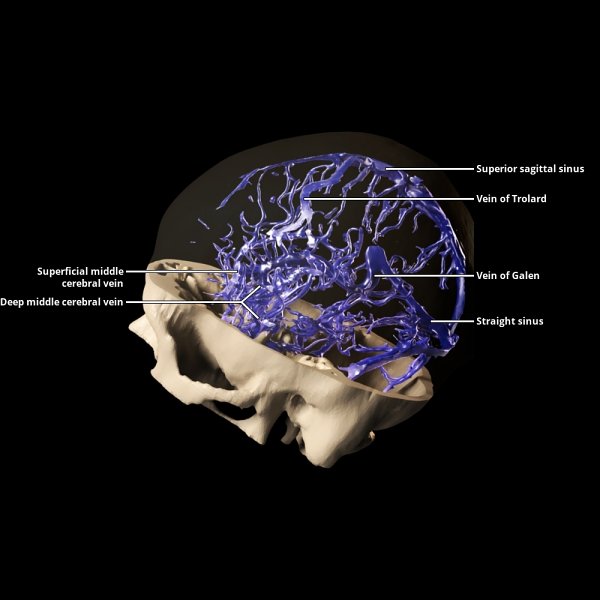
Superficial Cerebral Veins Radiology Key
MRI or MRI venography (MRV) are powerful techniques, provided the radiologist is aware of critical diagnostic pitfalls. In selected cases, cerebral digital subtraction angiography (DSA) can facilitate both diagnosis and anticoagulant/transcatheter thrombolytic therapy improving clinical outcome.

Cerebral veins Image
Cerebral venous thrombosis (CVT) is defined as the presence of a thrombus within a venous sinus, superficial intracranial vein, or deep intracranial vein. It is an uncommon condition that is potentially reversible if diagnosed and treated appropriately and promptly.
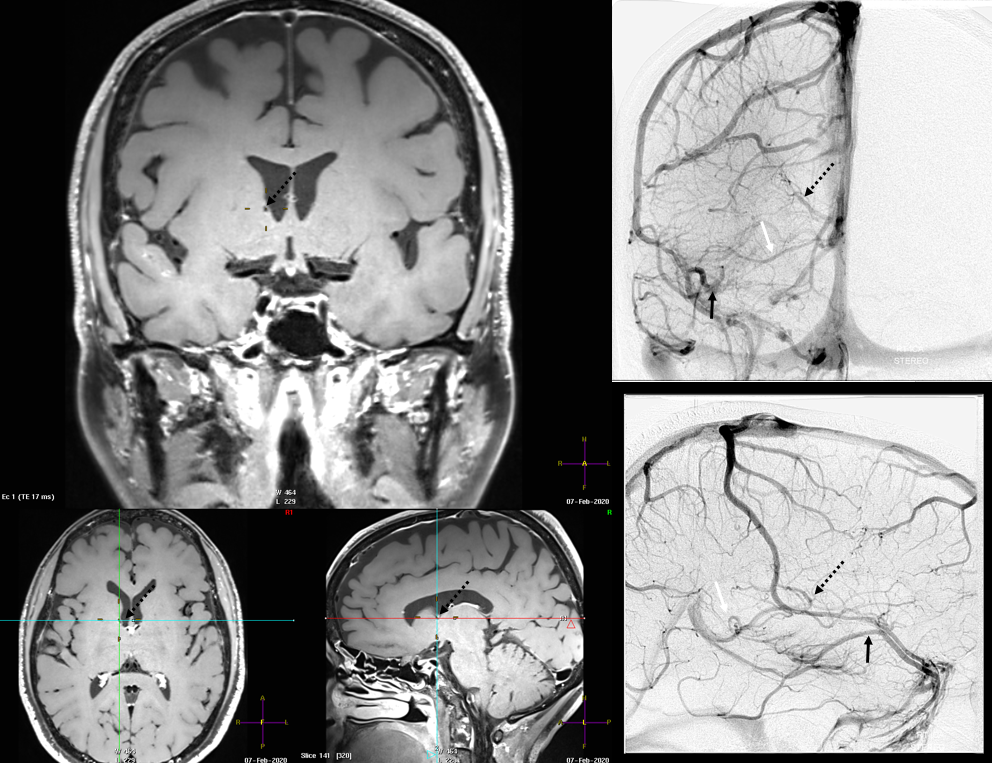
Internal Cerebral Vein
MR venography sequences allow for an initial positive diagnosis of cerebral venous thrombosis and also for monitoring the thrombus and visualizing its partial or complete recanalization. Complete recanalization is not necessary for symptom improvement.
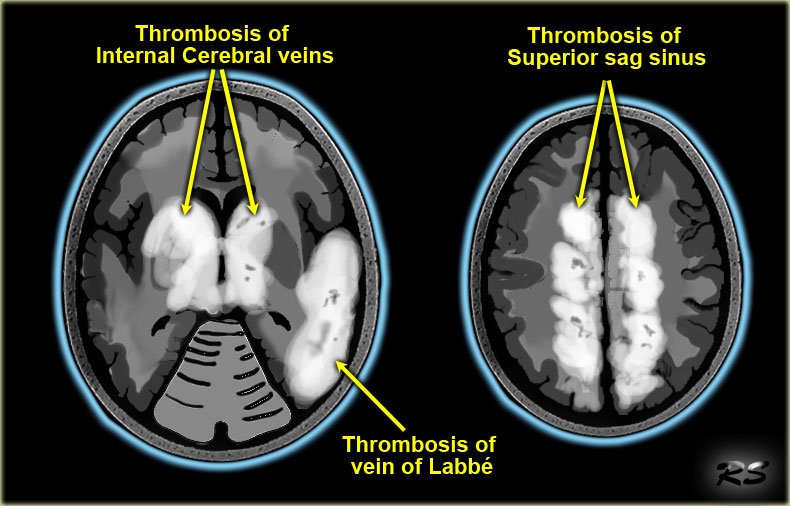
The Radiology Assistant Cerebral Venous Thrombosis
The cerebral veins drain the brain parenchyma and are located in the subarachnoid space. They pierce the meninges and drain further into the cranial venous sinuses. The cerebral veins lack muscular tissue and valves. The cerebral venous system can be divided into: superficial (cortical) cerebral veins deep (subependymal) cerebral veins

Cerebral Venous Anatomy. Radiology, Medical anatomy, Anatomy
Perinatal venous infarcts are underrecognized clinically and at imaging. Neonates may be susceptible to venous infarcts because of hypercoagulable state, compressibility of the dural sinuses and superficial veins due to patent sutures, immature cerebral venous drainage pathways, and drastic physiologic changes of the brain circulation in the perinatal period. About 43% of cases of pediatric.
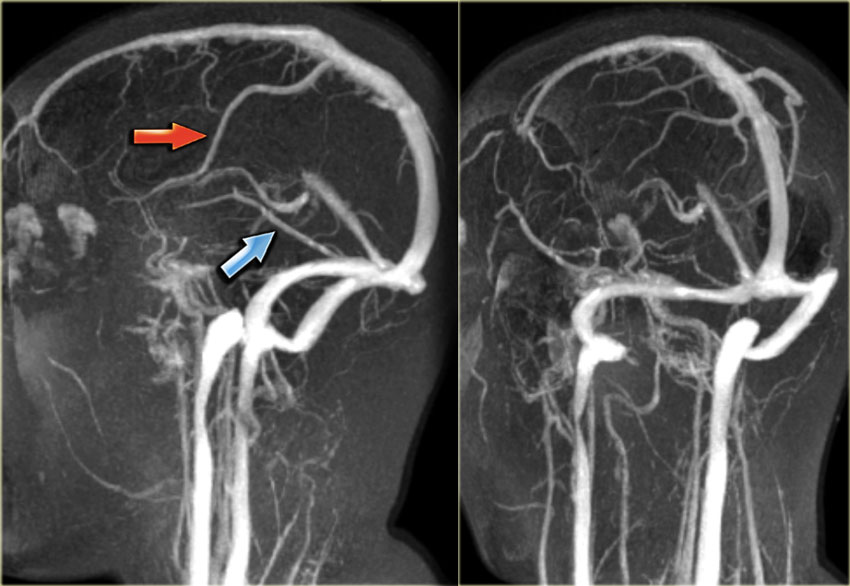
The Radiology Assistant Cerebral Venous Thrombosis
In recent years, imaging technology has allowed the visualization of intracranial and extracranial vascular systems. However, compared with the cerebral arterial system, the relative lack of image information, individual differences in the anatomy of the cerebral veins and venous sinuses, and several unique structures often cause neurologists and radiologists to miss or over-diagnose. This.